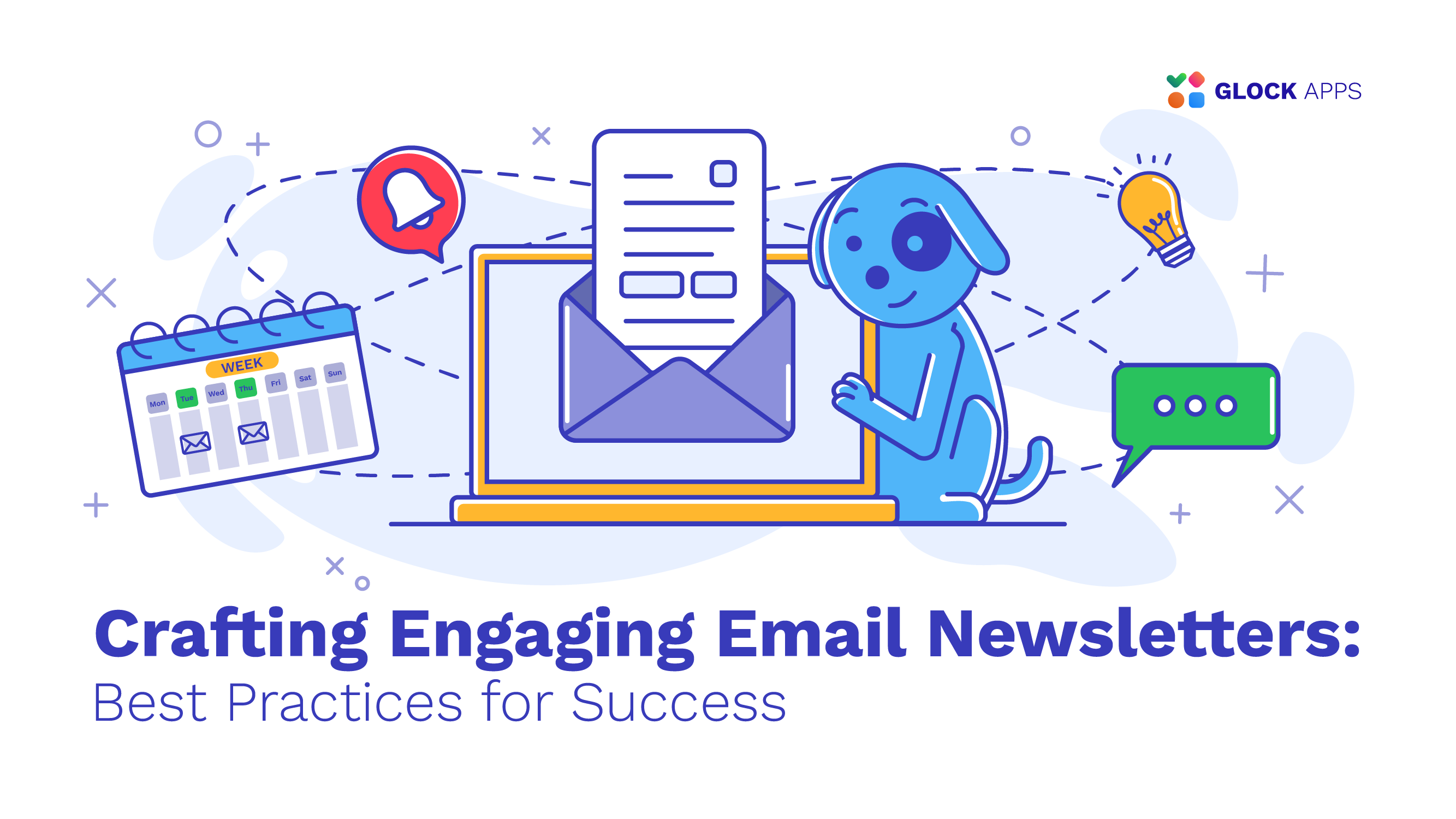Email Blast: Definition, Examples, and How to Conduct It Correctly
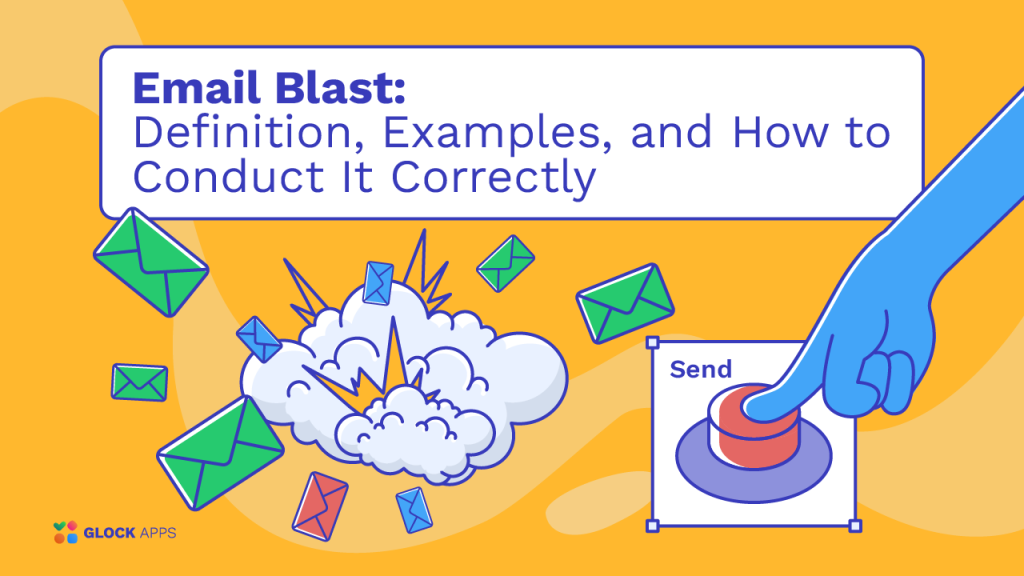
Estimated reading time: 8 minutes
An email blast, also referred to as an e-blast, is a method of marketing in which a single email is sent to numerous email addresses simultaneously. It is used predominantly as a way to broadcast a message to large groups of people as cost-effectively and efficiently as possible. This method is designed exclusively to reach all recipients with a unified message, leveraging the scale of email to reach many users at once.
The Appeal of Email Blasts
Broad Reach and Efficiency
Who among us has not received an email blast? For more effective outreach, email marketing software helps ensure messages reach the right audience at the right time.
Cost-Effectiveness
The costs of email blasts are very low compared with those of extensive advertising campaigns or regular mail. Email blasts do not involve the costs of printing physical materials, or postage, and blasting emails to many recipients costs exactly the same as sending just one.
Measurability
Moreover, with an email blast, it is vitally easier to assess its performance through various email marketing tools, such as the open rates, click-through rates, and conversions which can be measured and help marketers refine their future marketing strategies.
Examples of Effective Email Blasts
1. Promotional Offers.
Some businesses use email blasts to announce special rates or promos to a wide audience. This type of email wakes up its subscribers with the announcement of a limited-time sale. For instance, the sender writes, ‘Flash Sale! Get 25% Off All Items for the Next 48 Hours,’ and includes pictures of the items for sale, a clear call-to-action button, and a sense of urgency.
Let’s look at some real-life promotional email blast examples:
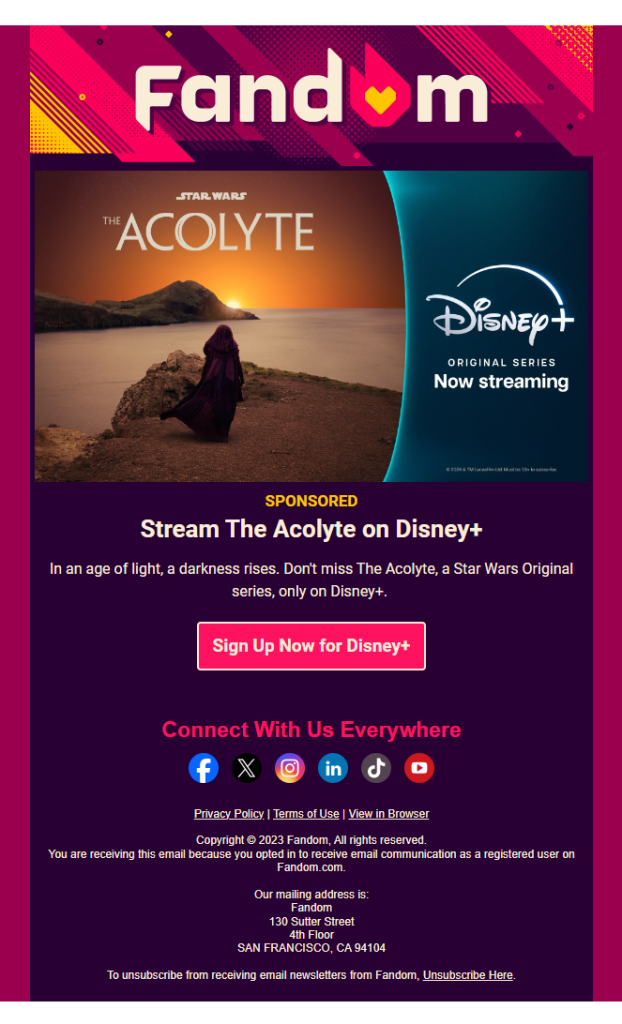
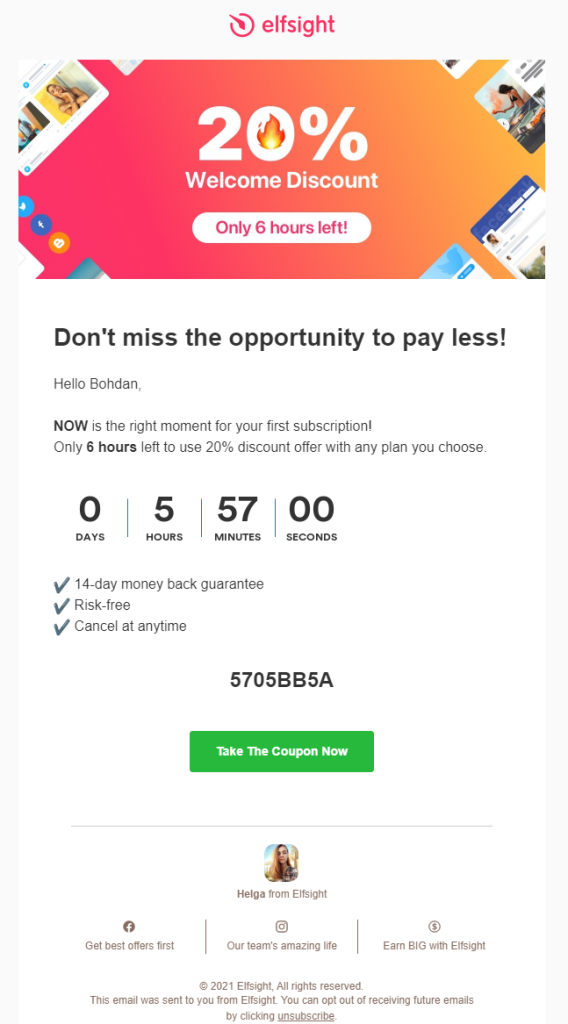
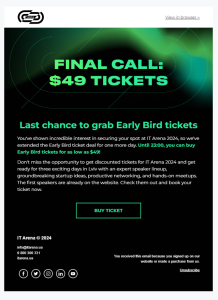
2. Newsletters.
Another email drop technique is through newsletters, which can be sent on a daily, weekly, or monthly basis. They contain a mix of company updates, expert discourse, journalist articles, or upcoming events.
Take a look at our newsletter as a good example of an effective email blast:
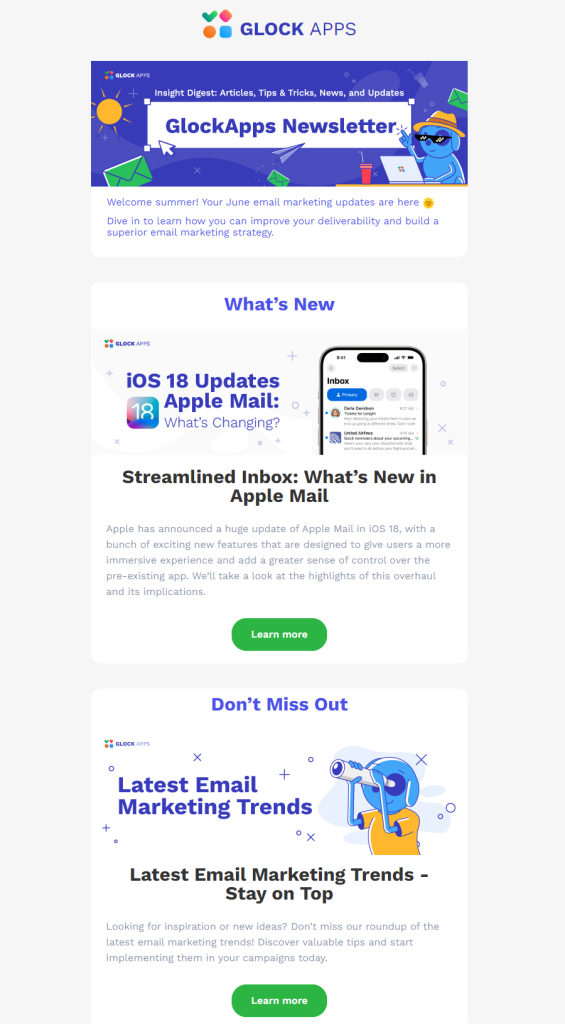
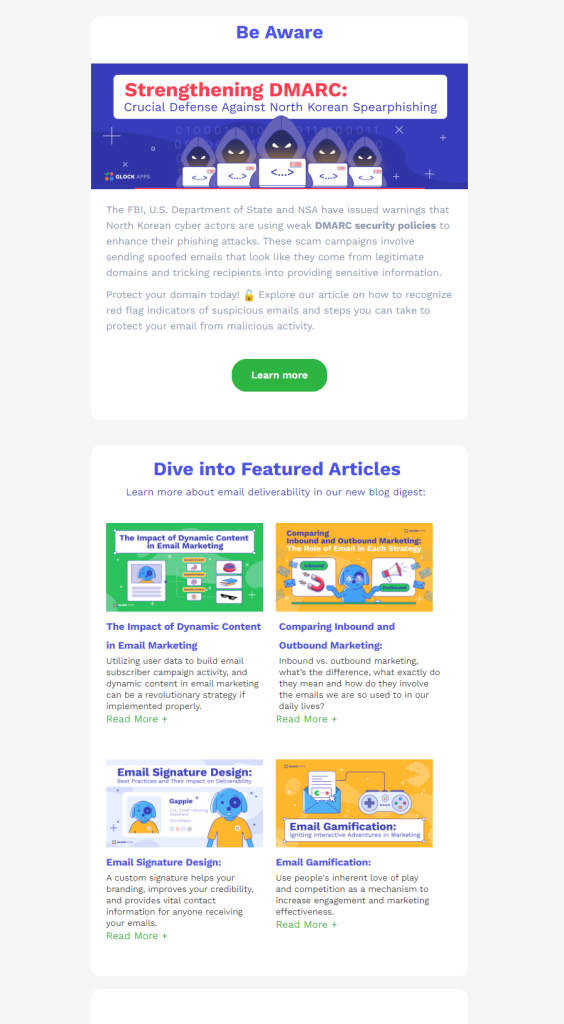
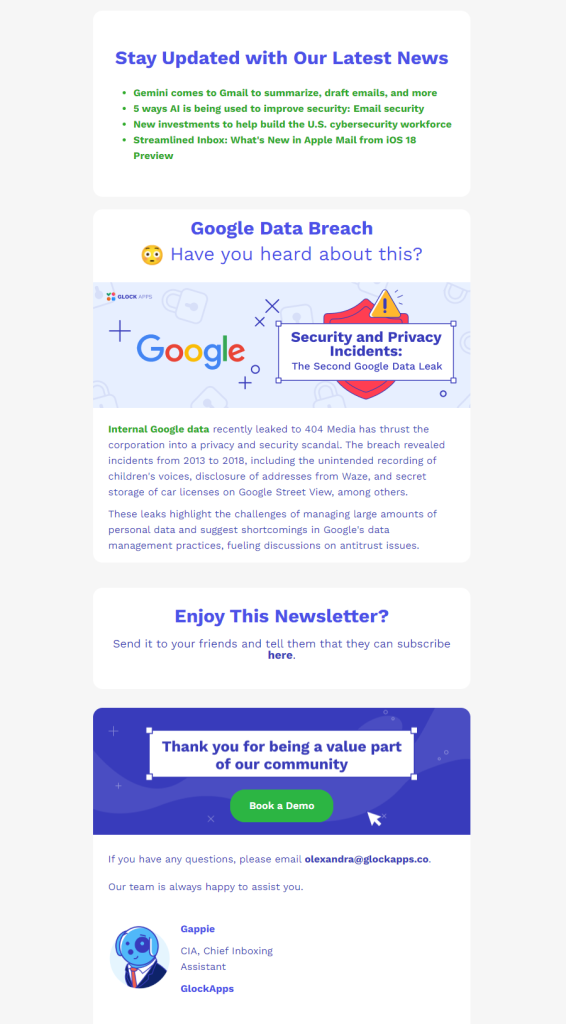
3. Event Invitations.
Email blasts can be used to invite subscribers to an event. For example, if you are planning to host a webinar, a live workshop, or a grand opening, you will be emailed to invite people to this event. Since these emails are asking email recipients to take action (such as showing up), you want to make these email event invitations exciting and informative at the same time. A good event invitation email should entail a date, time, location, a quick blurb of what the event is about, and a prominent call-to-action button. You may even personalize it by addressing the recipient by their first name.
Let’s see how an email blast can be used for invitations:
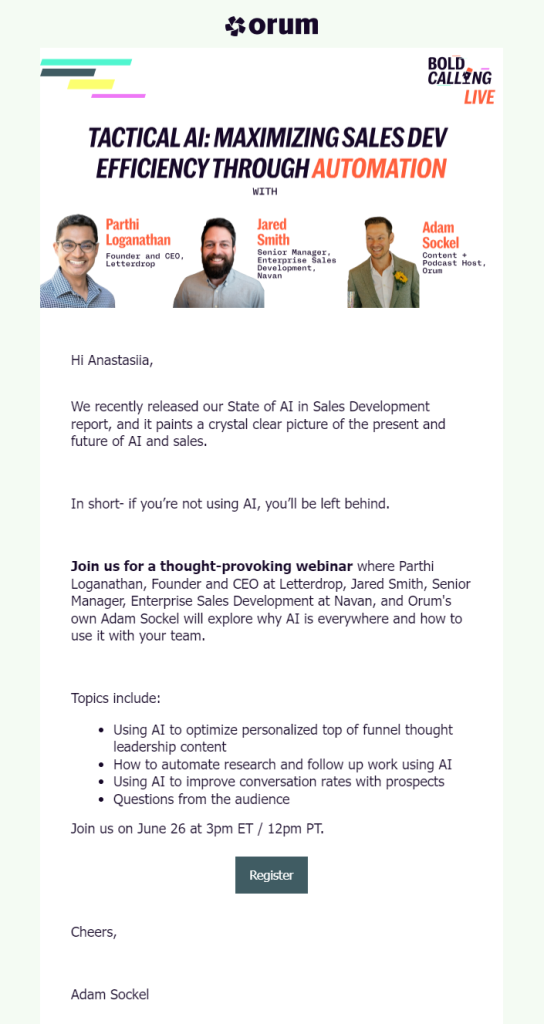

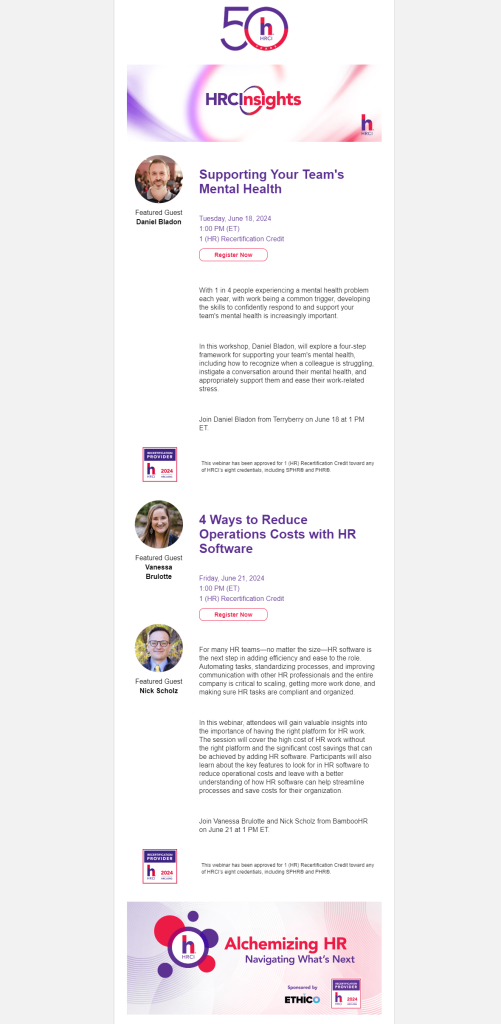
4. Seasonal Campaigns.
Seasonal campaigns are another great intention of the email blast: over the holidays, for instance, many e-commerce brands run thematic email campaigns that prepare the reader for holiday shopping needs, provide gift ideas, offer special holiday discount codes, or announce the launch of product only available during this particular season. This creates a perfect moment for sending your email blast in a timely manner and adds a festive mood for your subscribers.
Check out examples of email blasts for seasonal campaigns:
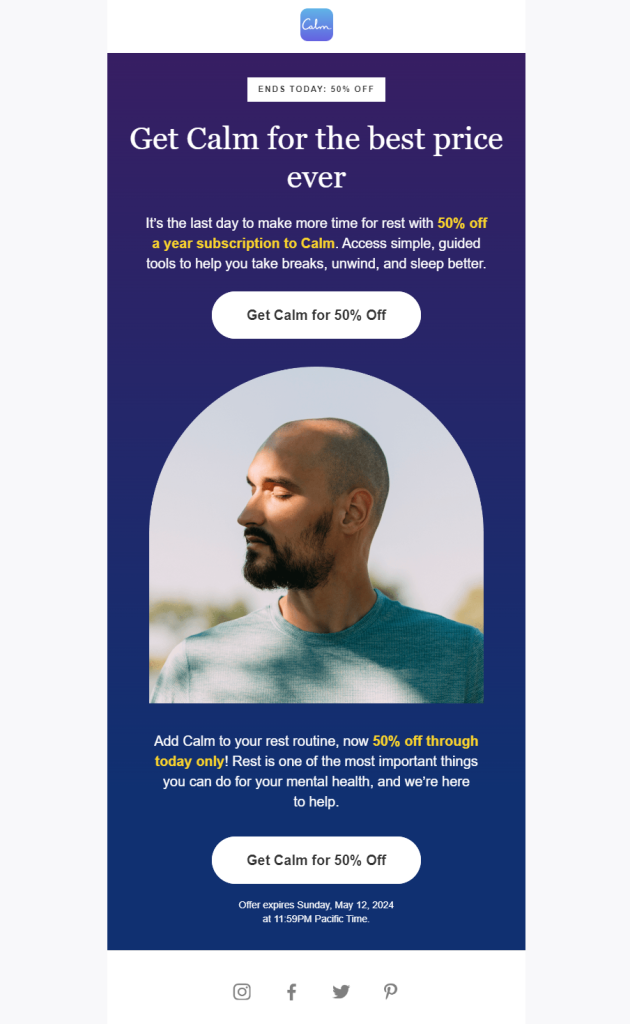
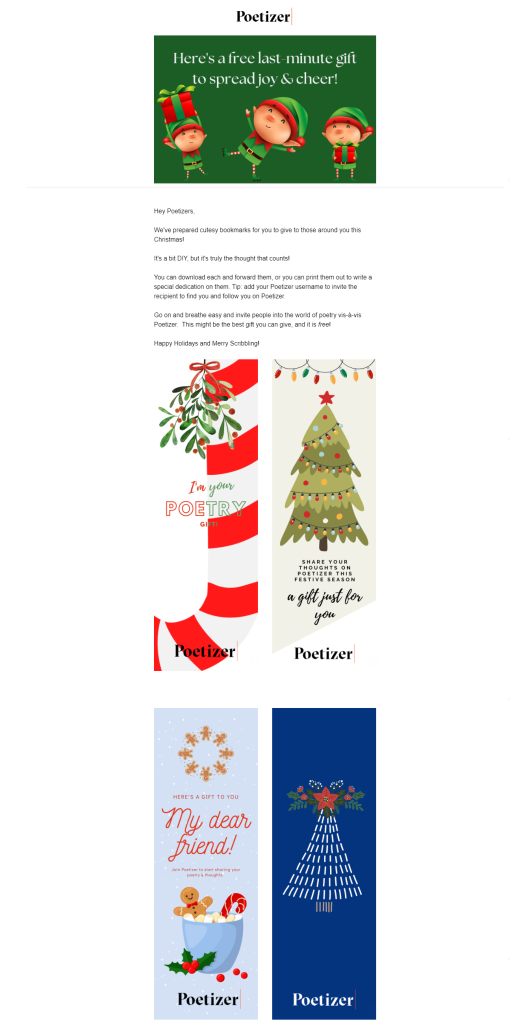
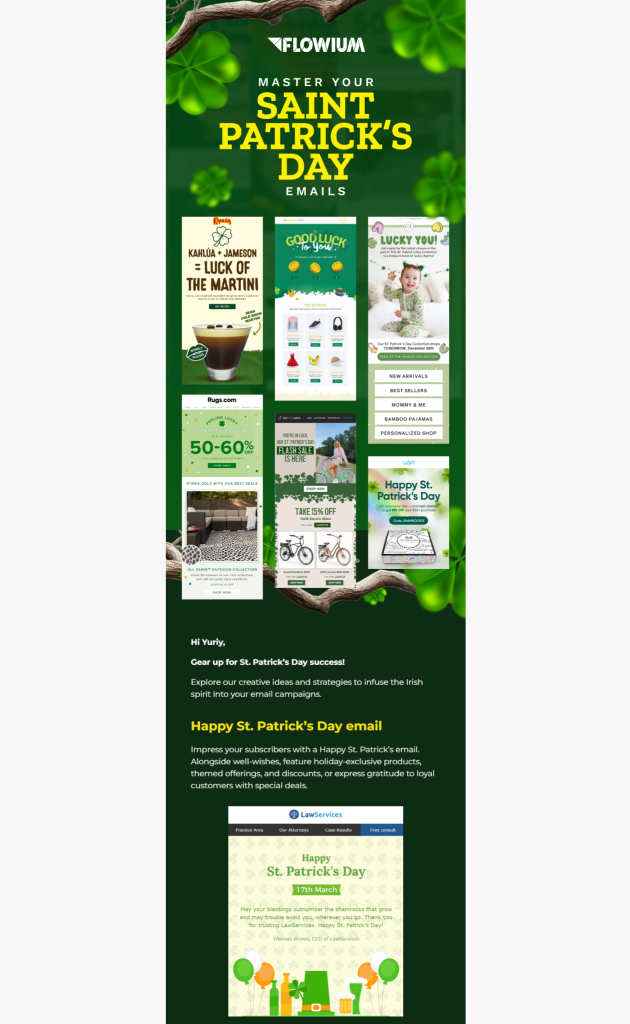
Strategies to Avoid Email Blasts Being Marked as Spam
Any email blast that’s labeled as spam can damage the reputation of a sender and adversely affect the overall deliverability rate. To keep your email blasts out of the spam folder, consider these strategies:
Ensure Legal Compliance
Comply with email marketing laws, such as the US CAN-SPAM Act. For example, giving recipients an easy way to decline further emails and a physical address in every email will help keep you in good standing and avoid fines.
Maintain a Clean Email List
Keep it clean by regularly purging your list of disengaged subscribers, fixing or deleting invalid email addresses, and avoiding purchased lists. It’s another way to boost your engagement rates while reducing the risk of sending an email to an address that might mark your message as spam.
Personalize the Content
There’s a difference between putting a name in an email and customized messaging based on the recipient’s interests and needs. Personalizing your content can result in higher engagement rates and recipients who are less likely to mark your email as spam.
Test Your Emails Before Sending
Employ email testing tools to see what you might come across when your message goes through different email service providers and how likely it is to be classified as spam. Use GlockApps to ensure your marketing campaign is delivered properly!
Monitor Your Sender Score
Tools like Sender Score provide insights into how mailbox providers view your IP’s reputation. A low sender score could indicate potential deliverability issues, prompting you to take corrective measures.
Segment Your Lists
Rather than blasting your entire list, segment your messages based on your subscribers’ preferences, actions, or demographics to increase relevance and engagement – both of which will improve your reputation with ESPs.
Conclusion
Email blasts are very powerful marketing tools. They are effective, inexpensive, and very far-reaching. In other words, they are a good way to make a quick announcement or special offer to a large number of consumers. Moreover, email blasts can quantify the impact of their email by assessing open rates, click-through rates, and conversion. All of these are well-known metrics to marketers that can help them improve their marketing efforts to reach wider audiences. This makes email blasts not only pragmatic but also smart when it comes to assessing the impact and improving the deliverability of marketing campaigns.
FAQ
An email blast is a marketing technique where a single email message is sent to a large number of recipients simultaneously. It’s used to convey a unified message broadly and efficiently.
Effective email blasts can be used for promotional offers, newsletters, event invitations, and seasonal campaigns. Each type serves different purposes, such as announcing sales, sharing updates, inviting subscribers to events, or celebrating holidays.
To prevent email blasts from being marked as spam, ensure legal compliance with laws like the CAN-SPAM Act, maintain a clean email list by removing inactive subscribers, personalize content to increase engagement, test emails for deliverability, monitor your sender score, and segment your lists to increase relevance.
When creating an email blast, consider the content’s relevance to your audience, the timing of the email, the clarity of the call-to-action, and the visuals. Additionally, ensure the email is optimized for all devices and test it across different email clients.



